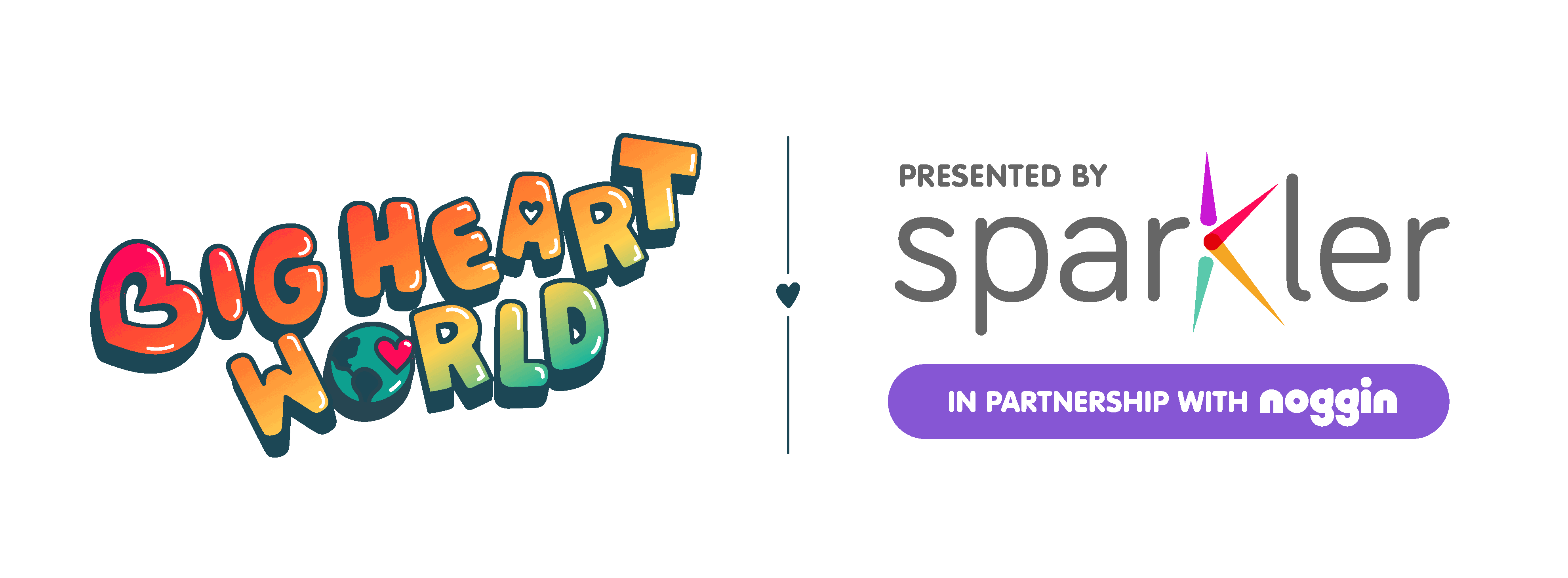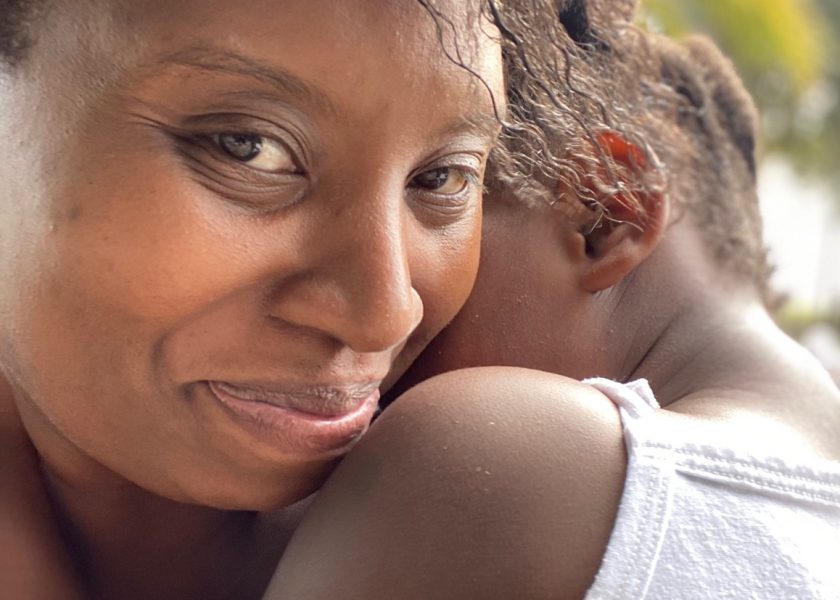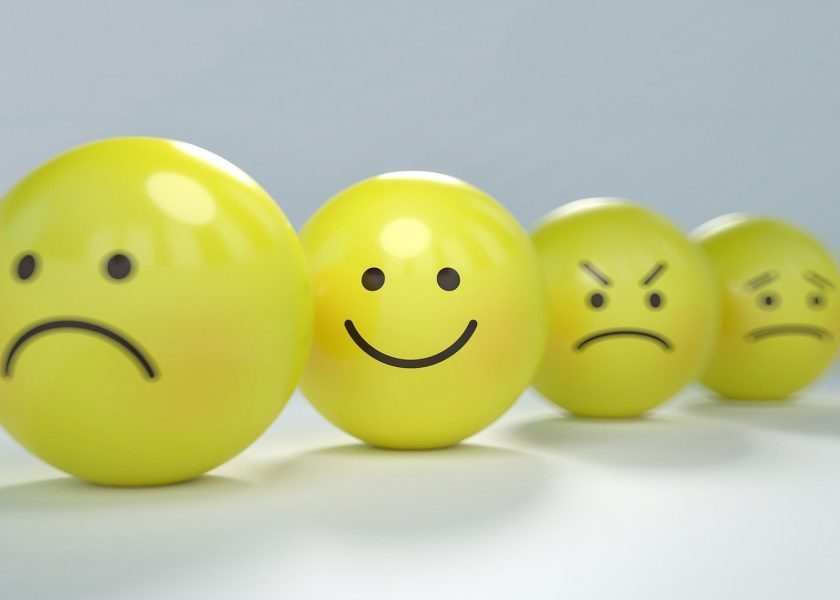What Color is Happiness?
The Bubble Guppies use the arts — from signing to drawing to dancing — to express their feelings.
Research shows that the arts help young children express themselves and develop vital social skills.
Crayons are the perfect art supply to help children express themselves on paper since they respond to the strength of children’s movements with different shades and textures.
Play on to create your own representation of the feelings!
Tip for Parents/Caregivers: Crayons are magical tools for children. Working with crayons can help children build the small muscles in their fingers and hands that will help them to write and climb. Crayons can also help children learn the colors, make connections, and boost specific skills — from math skills to social skills!
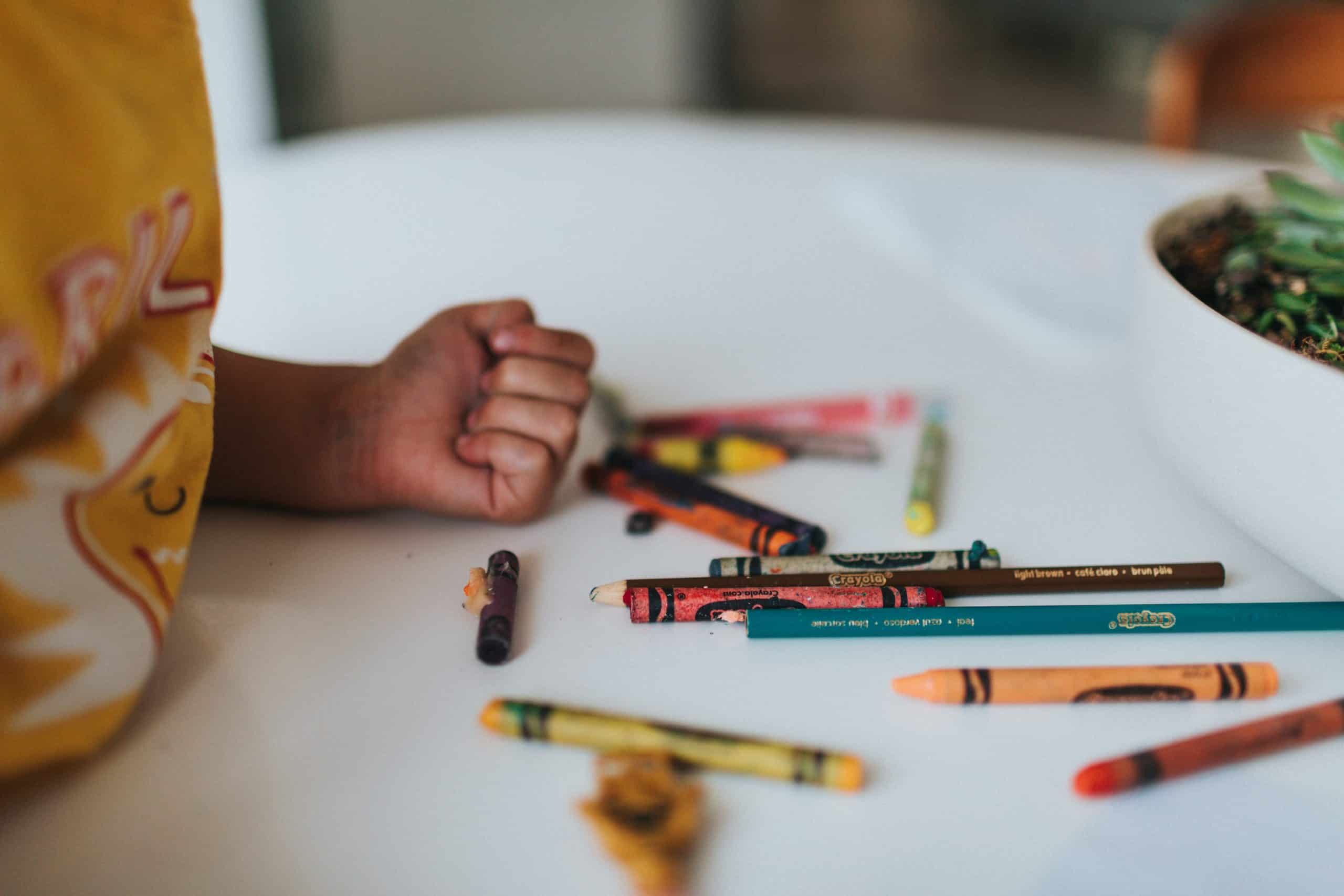
Scribble your Heart Out (For Toddlers)
Materials
- paper
- crayons, colored pencils, markers or paint
Instructions
- Let’s get out our crayons and make feelings art.
- What feeling should we draw first?
- Let’s pick a color that you think represents the feeling.
- Let’s close our eyes, take a deep breath, and think about how that emotion feels. When you’re ready, open your eyes and start to draw with our crayon.
- As you draw, let’s talk about the feeling. [For example, “Yellow is a happy color! When you draw, your hand hops up and down on the paper to make dots! It’s like your hand is skipping. La la la!”]
Vocabulary
- Primary colors: red, blue, yellow — you can mix them to make the other colors
- Feeling: emotion
- Light: pale in color
- Strong: powerful
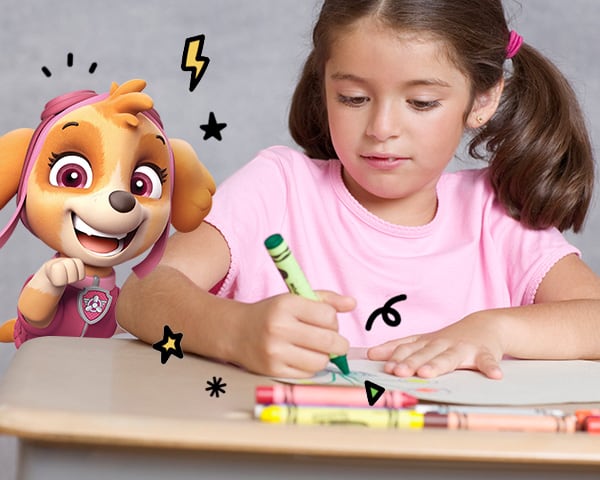
Scribble your Heart Out
Materials
- paper
- crayons, colored pencils, markers or paint
Instructions
- Let’s get out our crayons and make feelings art.
- What feeling should we draw first?
- Let’s pick a color (or colors) that you think represent the feeling.
- Let’s close our eyes, take a deep breath, and think about how that emotion feels. When you’re ready, open your eyes and start to draw with our crayon.
- Let’s talk about the feeling you’re drawing as you draw: how does it make you feel? Where in your body do you feel it? What color does it remind you of? What reminds you of the feeling?
- Let’s talk about how your fingers, hands, wrists, and arms move while you’re drawing. How does your hand feel when you’re finished?
- When you’re all done, give your picture a title, and try writing a few words describing your work.
Vocabulary
- Primary colors: red, blue, yellow — you can mix them to make the other colors!
- Feeling: emotion
- Light: pale in color
- Strong: powerful
